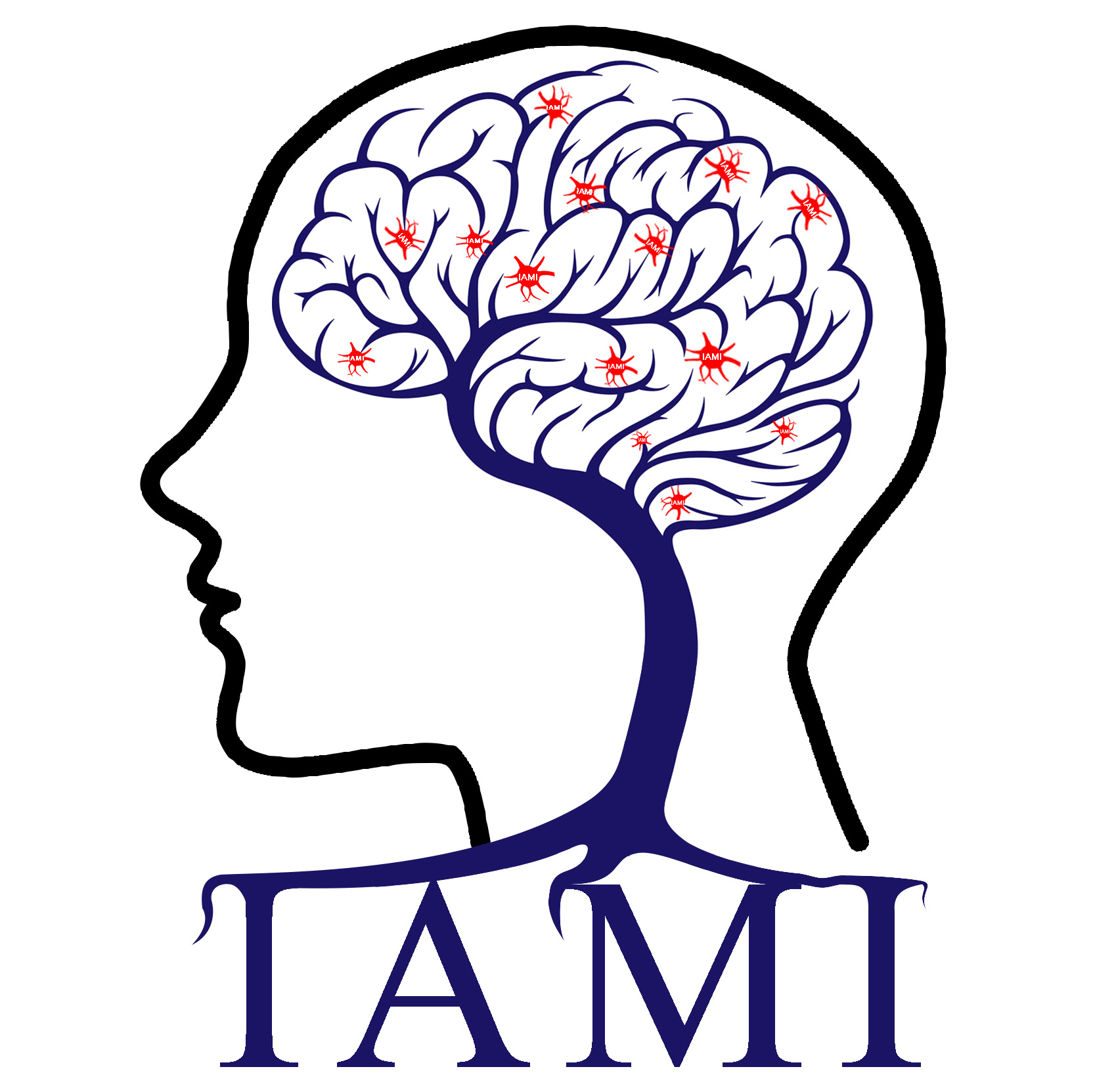
杜宇慧个人网页---智能医学图像分析
地址:中国, 太原
Eva Mennigen, Susanna L Fryer, Barnaly Rashid, Eswar Damaraju, Yuhui Du, Rachel L Loewy, Barbara K Stuart, Vince D Calhoun*, Daniel H Mathalon. Transient patterns of functional dysconnectivity in clinical high risk and early illness Schizophrenia individuals compared with healthy controls. Brain connectivity, 2019, 9(1): 60-76.
时间:2019-06-13 17:15:39 来源: 点击:[1429]
Abstract
Schizophrenia shows abnormal dynamic functional network connectivity (dFNC), but it is unclear whether these abnormalities are present early in the illness course or precede illness onset in individuals at clinical high risk (CHR) for psychosis. We examined dFNC from resting-state functional magnetic resonance imaging data in CHR (n = 53), early illness schizophrenia (ESZ; n = 58), and healthy control (HC; n = 70) individuals. We applied a sliding temporal window approach capturing five distinct dFNC states. In ESZ patients, the likelihood of transitioning from state 4, a state that exhibited greater cortical–subcortical hyperconnectivity and also lacked typically observed anticorrelation between the default mode network and other functional networks, to a hypoconnected state was increased compared with HC and CHR groups. Furthermore, we investigated the interaction of group and state on dFNC. Overall, HC individuals showed significant changes of connectivity between states that were absent or altered in ESZ patients and CHR individuals. Connectivity differences between groups were identified primarily in two out of the five states, in particular, between HC and ESZ groups. In summary, it appears that the interaction effect was mostly driven by (1) dynamic connectivity changes in HC that were abnormal in CHR and ESZ individuals and (2) the fact that dysconnectivity between groups was only present in some states. These findings underscore the likelihood that abnormalities are present not only in static FNC but also in dFNC, in individuals at CHR for schizophrenia.

 您当前的位置:
您当前的位置: